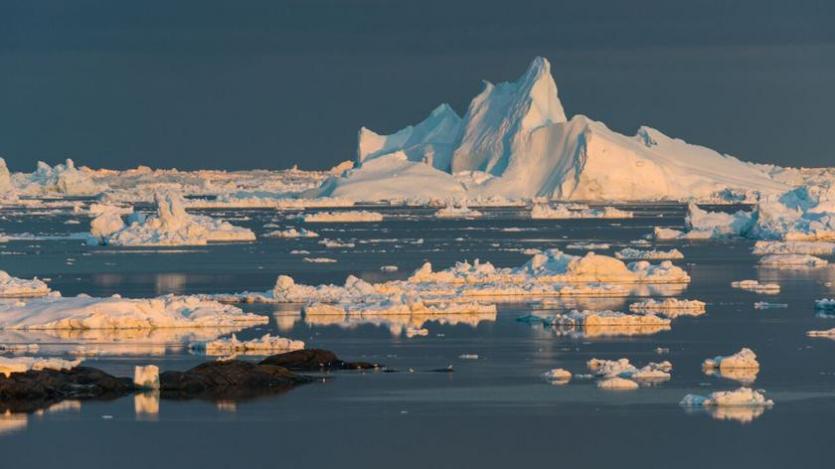Photo:TWD
The World Daily | News Desk MAY 26th 2021
Water from rivers and fjords connected to the Greenland ice sheet is a source of enormous amounts of mercury. Among other things, this unexpected finding points to the previously unknown effects of ice melting on the environment and the food chain.
The latest research, published by an international team of scientists in Nature Geoscience, explores the surprising effects of melting glaciers. "There is an unusually large amount of mercury in the thaw water collected in southwest Greenland. This prompts us to ask more questions about how this mercury can enter the food chain," said Dr. Jon Hawkings of Florida State University.
The typical mercury concentration in rivers, the authors explain, is between 1 and 10 nanograms per litre, which is roughly like a grain of sand in an Olympic swimming pool. In Greenland's waters, researchers detected a concentration of 150 ng / l. At the same time, the sediments carried by the river contain mercury in a concentration of over 2000 ng / l.
"We did not expect to detect an amount close to what is present in this water. Of course we have hypotheses about what leads to such mercury concentrations, but the discovery raised a lot of new questions that we do not have answers to," said one of the authors of the study professor Rob Spencer.
Melting glaciers are a source of toxins
Scientists note that after getting into living organisms, the concentration of mercury increases at the next levels of the food chain. Meanwhile, there is extensive fishing in the vicinity of Greenland, including cod, halibut and shrimp.
“After many years of work in western Greenland, we know that glaciers supply the ocean with nutrients, but the discovery that they can also be a source of toxins shows a potentially worrying dimension to the impact of glaciers on water quality and the communities that depend on it. In an ever warming world, it may change, indicating the need for more research,” emphasized Professor Jemma Wadham of the University of Bristol.






